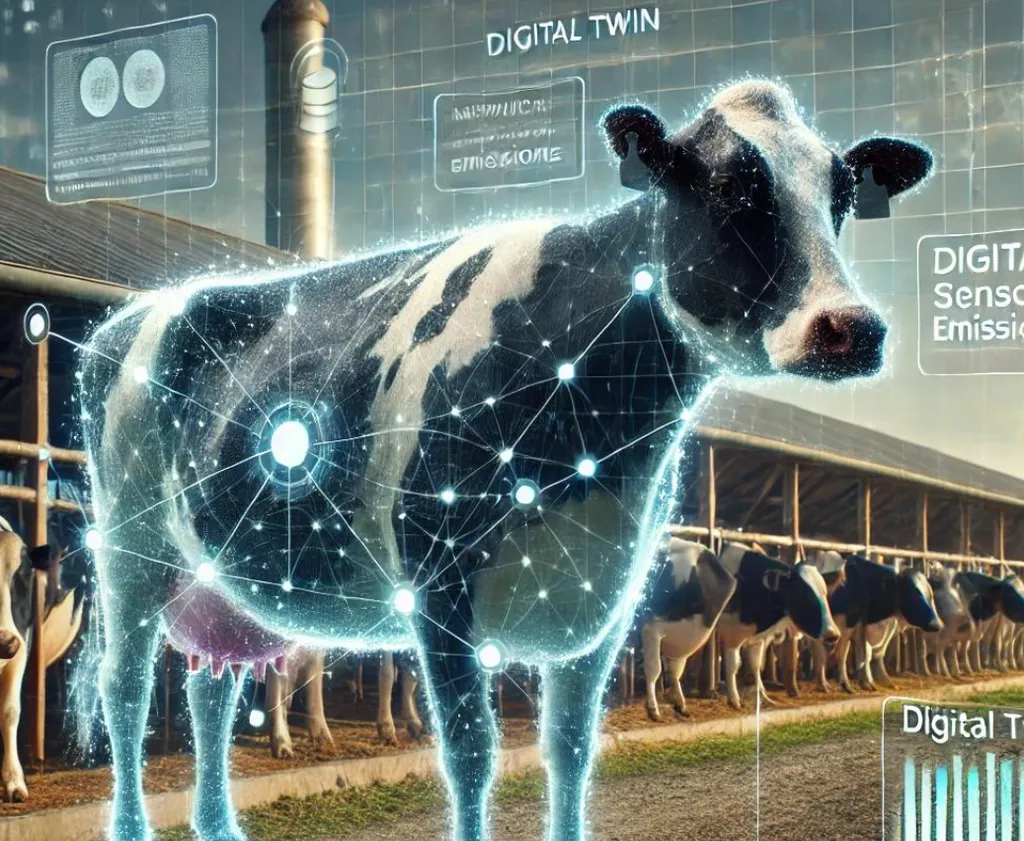In the rapidly evolving landscape of agricultural technology, a groundbreaking study published in the journal *Poultry Science* is set to revolutionize how future poultry scientists are trained. Led by Farid S. Nassar from the Department of Animal and Fish Production at King Faisal University in Saudi Arabia, the research explores the transformative potential of digital twin (DT) technology in poultry farm management education. This innovation promises to bridge the gap between theoretical knowledge and practical application, offering students immersive, risk-free environments to hone their skills.
Digital twin technology creates virtual replicas of physical systems, allowing students to simulate and experiment with various aspects of poultry farm management. “By integrating DT into our educational programs, we can provide students with interactive, safe environments where they can engage in activities such as ventilation control, feeding, disease monitoring, and performance analysis,” Nassar explains. This hands-on approach not only deepens cognitive understanding but also equips graduates with high-level competencies that are highly sought after in the competitive job market.
The study highlights the multifaceted benefits of DT technology in higher education. It enhances student learning experiences, boosts motivation, and improves decision-making skills. Moreover, the use of DT technology is expected to make poultry science programs more attractive and accessible, potentially increasing student enrollment. “The systematic integration of DT technology into poultry science curricula can stimulate student interest, bridge the gap between theory and practice, and improve graduate readiness for the job market,” Nassar adds.
The implications of this research extend beyond the classroom. As the agricultural sector increasingly adopts advanced technologies, the demand for skilled professionals who can navigate these digital tools becomes paramount. By preparing students with DT-based training, educational institutions can ensure that graduates are well-equipped to meet the evolving needs of the industry. This alignment between education and industry requirements not only enhances job market readiness but also fosters innovation and efficiency in poultry production.
The study’s findings, published in *Poultry Science* (translated to English as “Poultry Science”), underscore the critical role of DT technology in shaping the future of agricultural education. As the field continues to evolve, the integration of such technologies will be essential in driving progress and ensuring that the next generation of poultry scientists is prepared to tackle the challenges of tomorrow.
This research not only highlights the immediate benefits of DT technology in education but also sets the stage for future developments in the field. As digital twins become more sophisticated, their applications in agricultural education and beyond are poised to expand, offering even greater opportunities for innovation and growth. The journey towards a more technologically advanced and skilled agricultural workforce has begun, and digital twin technology is leading the way.

